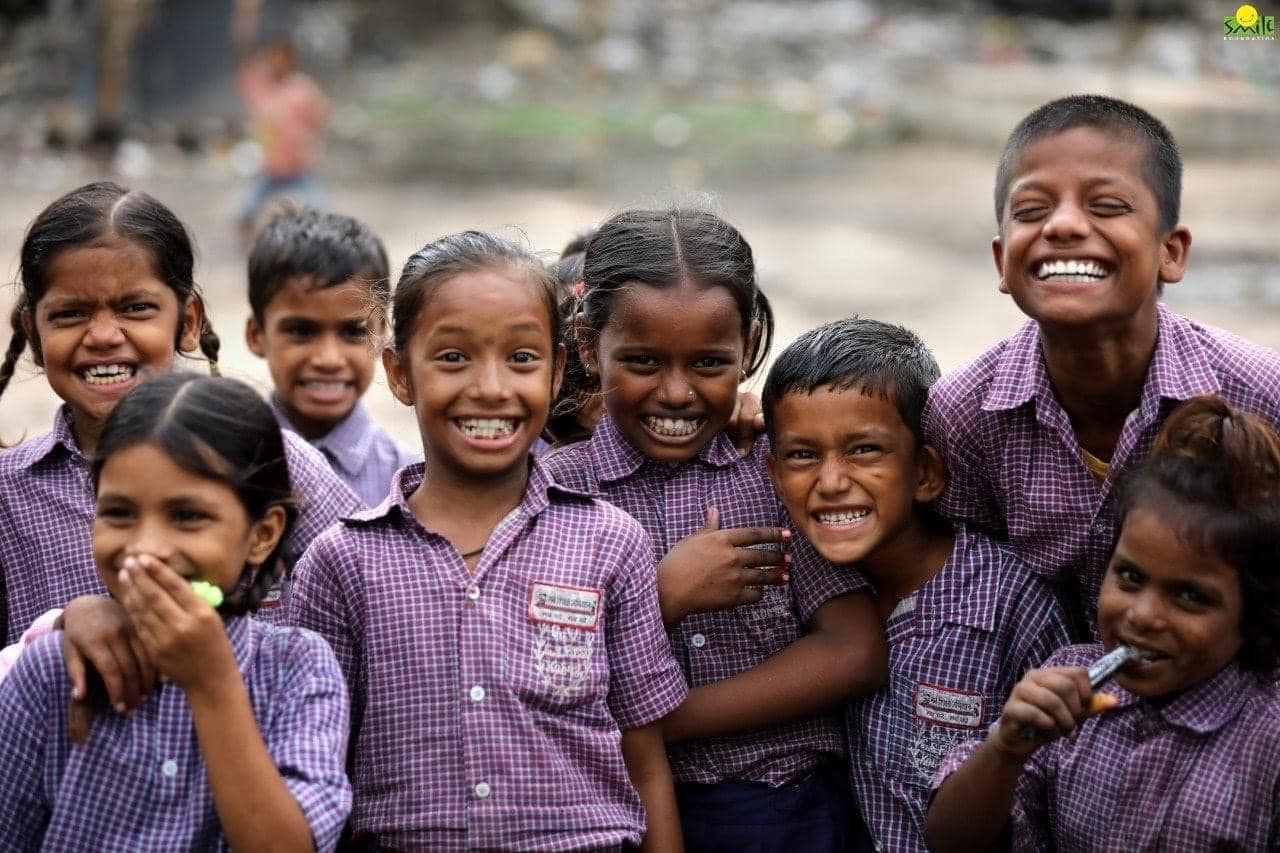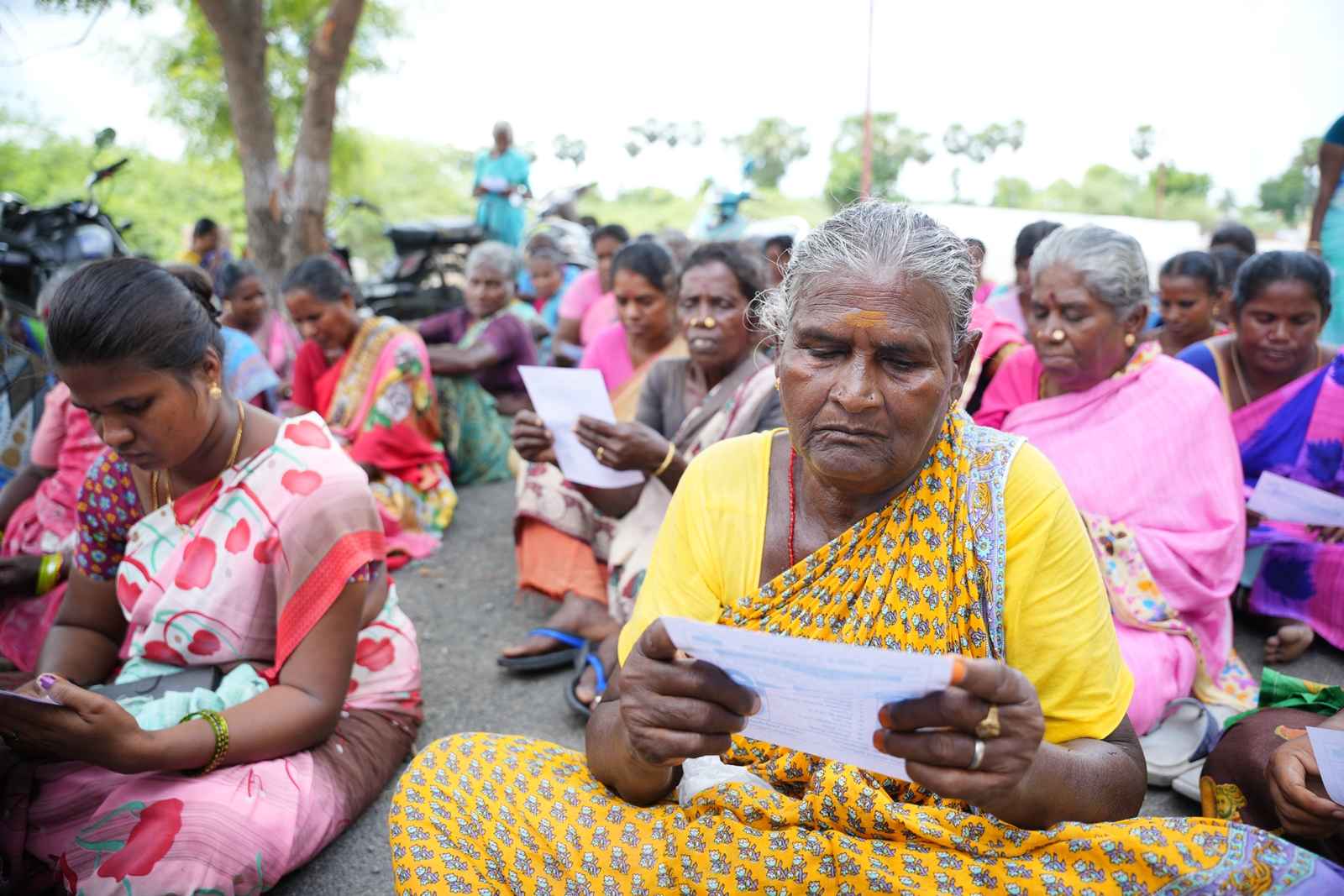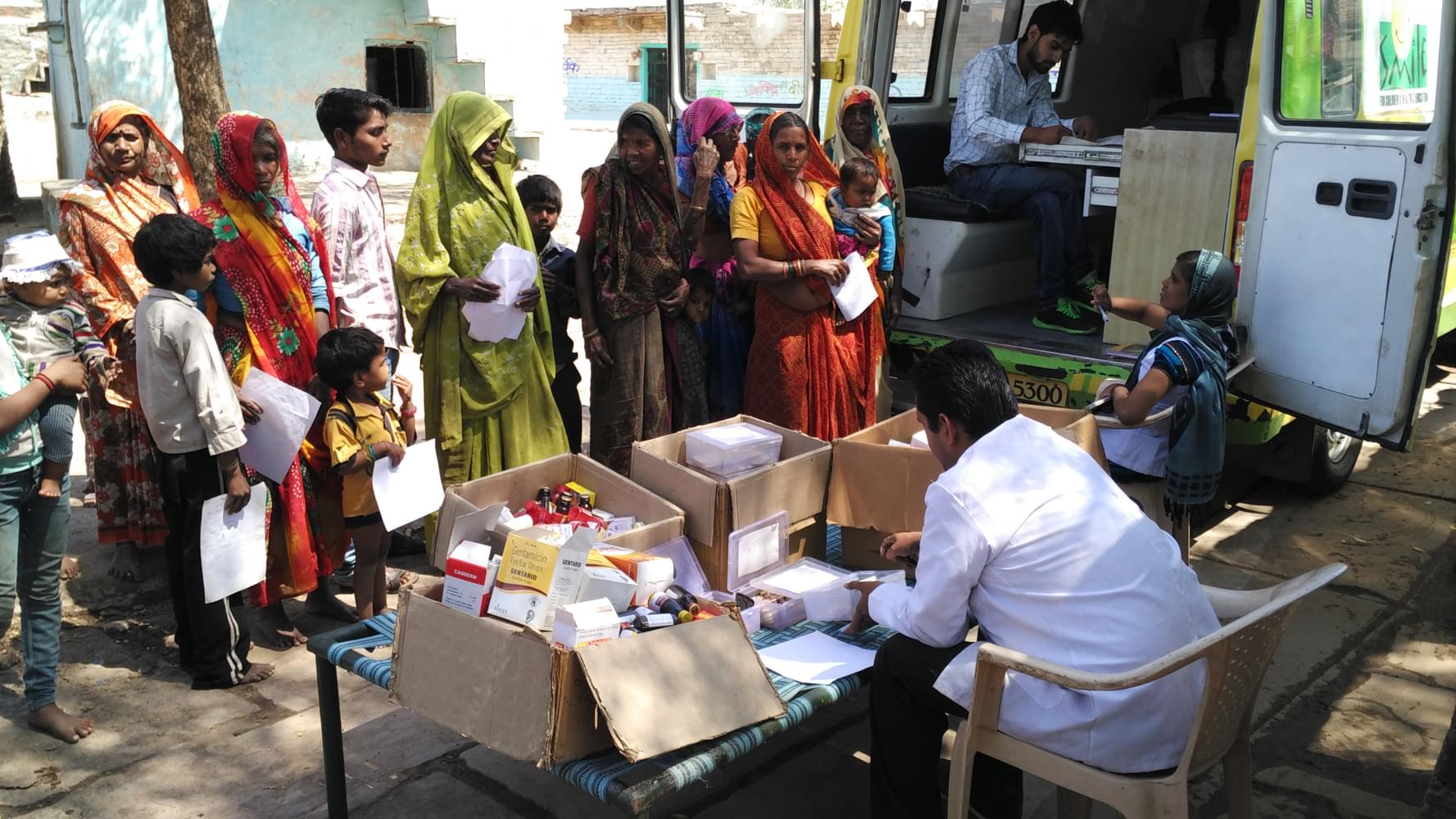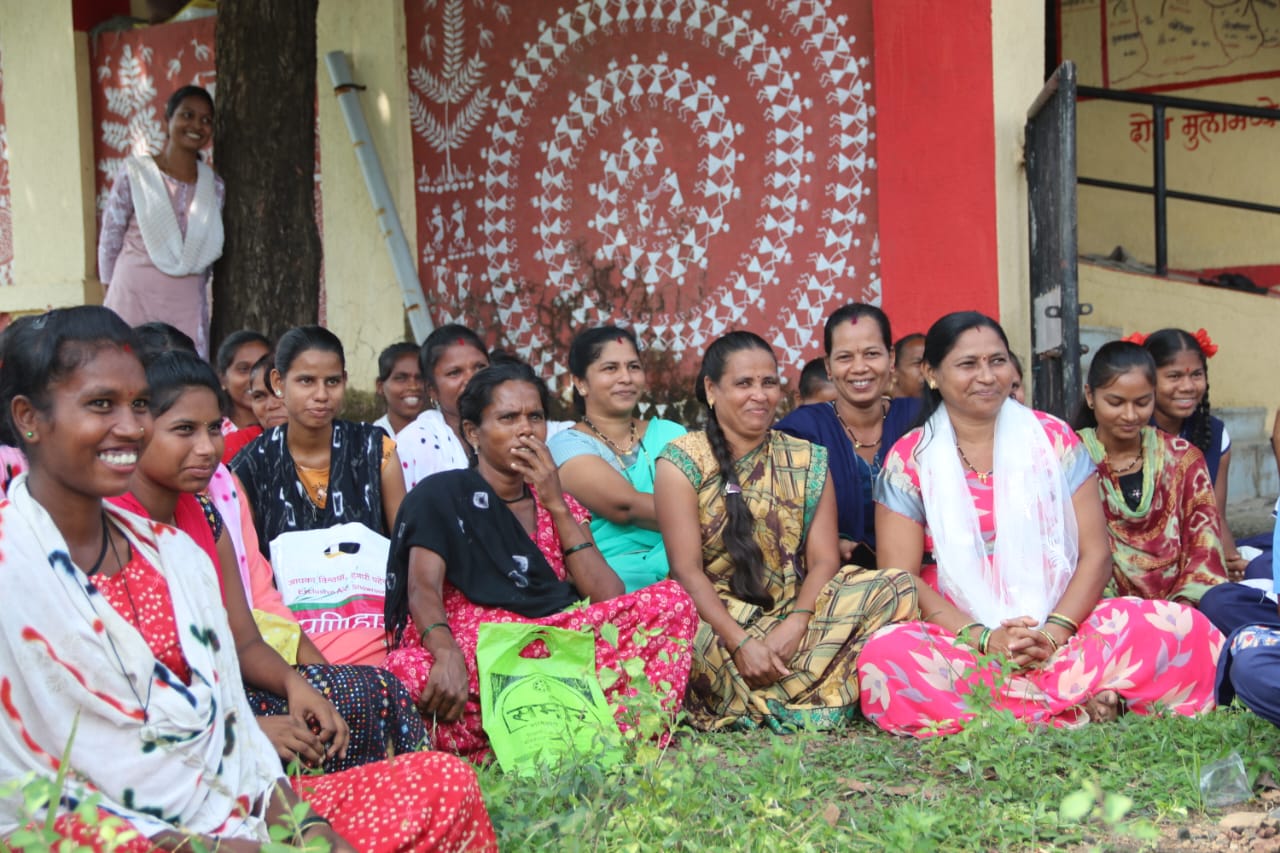Given the escalating impact of climate change, it has become increasingly clear that a multidimensional approach is essential. While technology and policy reform play crucial roles, education is a powerful yet underutilised tool that can drive substantial climate action. In a country as diverse and populous as India, leveraging education to combat climate change is not just an option — it is a necessity.
The Intersection of Education and Climate Change in India
India, home to over 1.3 billion people, faces significant climate-related challenges. Rising temperatures, heat waves, erratic monsoons and extreme weather events threaten the livelihoods of millions. The agricultural sector, which employs nearly half of India’s workforce, is particularly vulnerable. Yet, amidst these challenges, lies a profound opportunity — education.
Education can empower individuals with the knowledge and skills needed to mitigate and adapt to climate change. It can nurture a generation of environmentally conscious citizens who understand the urgency of climate action. More importantly, it can drive community-level change, especially in rural areas where the impacts of climate change are most acutely felt.
Linking SDG 4 and SDG 13: How Can Quality Education Influence Climate Action?
The Sustainable Development Goals or the SDGs took shape during the 2012 United Nations Conference on Sustainable Development in Rio de Janeiro. A set of 17 goals was developed with a dream to meet the numerous political, environmental and economic challenges that our world is facing by 2030.
From eliminating hunger to reducing inequalities, from providing quality education to facilitating climate action, the 17 SDGs touch all the pressing needs the world is facing. The SDGs are interconnected and often overlap, which is crucial because significant progress can only be achieved when all sectors collaborate towards the shared objective of sustainable development.
The SDG 4 aims to ensure inclusive and equitable quality education for all, and SDG 13 calls for urgent action to combat climate change and its impacts, highlights the interconnected nature of global challenges. By aligning these goals, we can harness education as a critical tool for climate action. Educating the youth about climate science, sustainable practices and the importance of environmental stewardship can empower them to become proactive agents of change.
This synergy not only promotes climate resilience but also ensures that education systems adapt to the evolving needs of our world. Amalgamating SDG 4 and SDG 13 can turn schools and universities into centers of sustainability, enhancing both academic excellence and environmental awareness. By doing so, we can develop a generation armed with the knowledge and skills necessary to address climate change effectively, securing a sustainable future for everyone.
Climate Education in Schools
Integrating climate education into the national curriculum is a critical step. Schools can serve as incubators for climate literacy, equipping students with a deep understanding of environmental issues and sustainable practices. This involves more than just theoretical knowledge; practical, hands-on experiences are essential. For instance, school projects can focus on creating kitchen gardens, conducting energy audits or organising clean-up drives. These activities not only enhance learning but also instill a sense of responsibility and agency in young minds.
India’s National Education Policy (NEP) emphasises experiential learning and critical thinking, making it a promising framework for integrating climate education. However, implementation remains a challenge, particularly in under-resourced schools.
Here, community participation and support from NGOs can play a pivotal role. Programmes that encourage people to donate to education in India can help bridge resource gaps and ensure that all students, regardless of their socioeconomic background, have access to quality climate education.
Higher Education and Research
Higher education institutions are uniquely positioned to lead in climate research and innovation. Universities can act as hubs for developing sustainable technologies, conducting climate impact assessments and devising mitigation strategies. Moreover, interdisciplinary research can address the multifaceted nature of climate change, integrating insights from science, engineering, economics and social sciences.
Dr Miniya Chatterji, founding director of the Anant School for Climate Action and CEO of Sustain Labs Paris mentioned that only around 120,000 people worldwide, and less than 5,000 in India, have the proper training to meet the opportunities expected in the global climate industry by 2030. Chatterji emphasised that India’s priority is to build climate resilience for its most vulnerable populations, who are most affected by heat waves, floods and declining groundwater reserves. Addressing these challenges requires industries to have a workforce equipped with knowledge and technical skills in climate change.
Collaboration between academia, industry (including nonprofits) and government is essential. Initiatives such as private-nonprofit and public-private partnerships can fund research projects and translate academic findings into practical applications. Additionally, encouraging students to pursue careers in environmental sciences and sustainability can build a workforce capable of driving India’s green transition.
Community Education and Empowerment to fight Climate Change in India
In rural India, where literacy rates are lower and climate impacts are harsher, community education is vital. Traditional knowledge and practices, passed down through generations, offer valuable insights into sustainable living. Educational programmes that respect and integrate this indigenous knowledge can be highly effective.
For example, promoting water conservation techniques that align with local customs can enhance community buy-in. Similarly, educating farmers about sustainable agricultural practices, such as crop diversification and organic farming, can increase resilience to climate change. Extension services, workshops and demonstration projects are practical ways to disseminate this knowledge.
Non-formal education programmes, including adult literacy classes and vocational training, can also contribute significantly. By equipping individuals with new skills, these programmes can create alternative livelihoods and reduce dependence on climate-vulnerable sectors. Initiatives that seek to donate/contribute for education in India can support these community-based efforts, providing the necessary resources for effective programme delivery.
Policy Support and Implementation
Government policies play an important role in facilitating an educational environment conducive to climate action. Policies that mandate climate education in schools, support research initiatives and fund community education programmes are essential. Additionally, providing incentives for schools and universities to adopt green practices can set a powerful example.
However, policy alone is not enough. Effective implementation requires monitoring, evaluation and adaptation. Regular assessments can identify gaps and areas for improvement, ensuring that educational initiatives remain relevant and impactful. Engaging stakeholders, including educators, students, and community members, in the policy process can enhance its effectiveness and sustainability.
What Role Does Technology Play?
Technology can enhance the reach and impact of climate education. Digital platforms and online resources can help make educational content accessible to a wider audience. E-learning modules, virtual workshops and interactive apps can provide engaging and informative climate education.
For rural and remote areas with limited internet access, radio programmes and community centers equipped with digital tools can be effective alternatives. Moreover, using technology to collect and analyse environmental data can support citizen science initiatives, encouraging community involvement in climate monitoring and action.
Success Stories from India
India is already witnessing inspiring examples of education-driven climate action. Anant National University in Ahmedabad launched India’s first school for climate action, addressing national and global environmental challenges. The Anant School for Climate Action offers academic courses on climate studies, impact and adaptation, equipping students with essential skills for sustainability and climate change careers, driving India’s transition towards a sustainable future.
In Kerala, the ‘Student Police Cadet’ project integrates environmental education into its curriculum, encouraging students to engage in planting trees and waste management activities. Similarly, in Rajasthan, Barefoot College trains rural women to become solar engineers, empowering them to bring renewable energy to their communities.
These initiatives highlight the transformative potential of education. By showcasing successful models, we can inspire and replicate such efforts across the country as well as globally. Sharing these stories through media and public platforms can also raise awareness. It can mobilise support for educational programmes focused on climate action.
The Need for Financial Support
Achieving these ambitious goals requires substantial investment. Funding is needed to develop and distribute educational materials, train educators and implement community projects. Donations can play a crucial role here. Encouraging individuals to donate and organisations to partner for education in India can provide the necessary financial support to scale up successful initiatives and reach more communities.
Transparent and accountable use of funds builds trust and encourages continued support. Regular reporting on the impact of donations and the progress of educational programmes demonstrates their effectiveness and encourage more contributions as undertaken by Smile Foundation too.
Role of Smile Foundation
Smile Foundation complements and supplements the national government’s efforts towards achieving the Sustainable Development Goals (SDGs) in education and other allied areas. We believe education is the most effective way to tackle healthcare, poverty, population control, unemployment and human rights issues.
Mission Education, our flagship programme, works with underserved children to provide education, nutrition and wellness support. Additionally, the we are also driven towards climate action by educating children about environmental stewardship and sustainable practices, empowering them to contribute to a healthier planet.
Take a step towards Climate Action
Education is a powerful catalyst for climate action. By encouraging environmental literacy, promoting sustainable practices and empowering communities, it can drive substantial and lasting change. In India, where the impacts of climate change are far-reaching, leveraging education is not just beneficial—it is imperative.
Through integrated efforts involving schools, higher education institutions, community programmes and supportive policies, we can create a generation of climate-conscious citizens ready to lead the fight against climate change in India. As we look to the future, it is clear that education must take the lead in our collective efforts to build a sustainable and resilient India.
Do consider making a small donation here for education in India can provide the necessary resources to realise this vision. By investing in education today, we are investing in a greener, healthier tomorrow.









